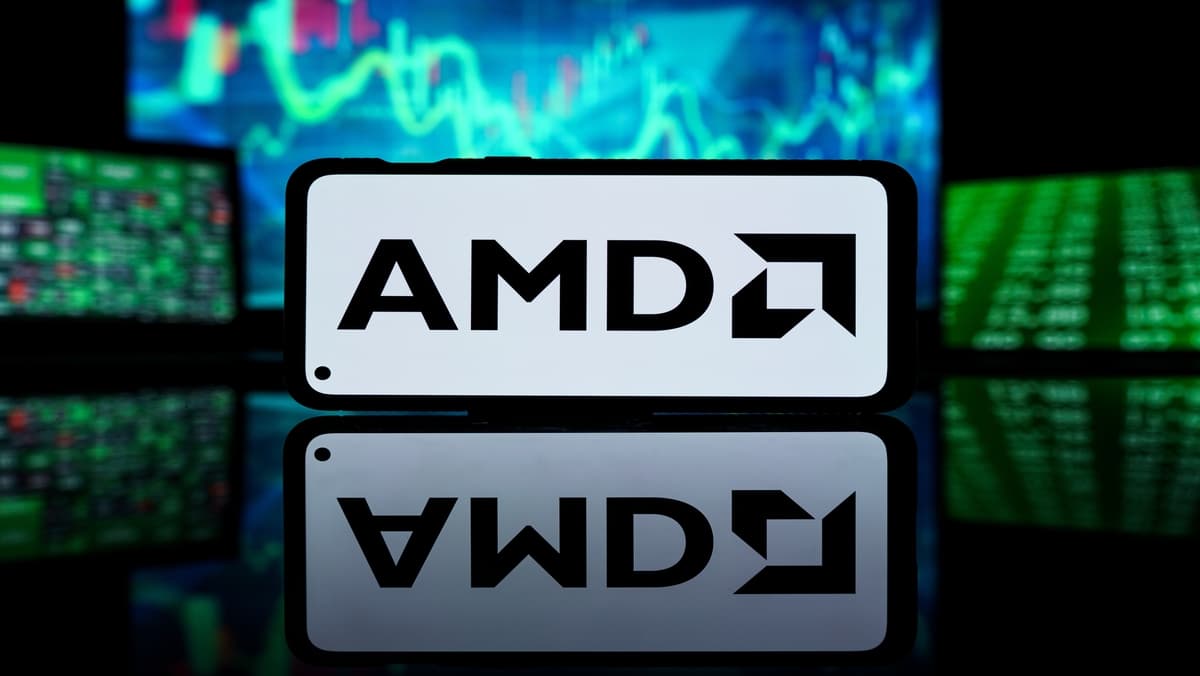
AMD Stock Is down Today: Advanced Micro Devices Inc. (AMD) has been a key player in the semiconductor industry, known for its innovative products and competitive edge against rivals.
AMD stock analysis: However, like any stock, AMD can experience fluctuations in its market value. This article explores the recent decline in AMD stock, examining the potential causes, market reactions, and implications for investors.
Overview of AMD
Company Background
Founded in 1969, AMD has evolved into a leading designer and manufacturer of microprocessors, graphics processors, and other semiconductor products. Its rivalry with companies like Intel and NVIDIA has positioned AMD as a significant player in the tech industry, particularly in gaming, data centers, and personal computing.
Recent Performance
In recent years, AMD has seen substantial growth, driven by strong product launches and increased demand for its processors and graphics cards. The company’s innovations, particularly in the Ryzen and EPYC product lines, have garnered attention and market share. However, the stock market can be volatile, and various factors can lead to price declines.
What Happened Today?
Market Conditions
On the day in question, AMD stock experienced a notable decline. Several external market conditions contributed to this downturn. Broader market trends, including fluctuations in major indices and overall investor sentiment, can impact individual stocks, including AMD. Economic indicators, interest rates, and geopolitical tensions often play a role in shaping market behavior.
Earnings Reports
One of the most common reasons for stock price fluctuations is earnings reports. If AMD recently released its quarterly earnings, the results may not have met market expectations. Key metrics such as revenue, earnings per share (EPS), and forward guidance are scrutinized by investors. A miss on any of these metrics can lead to a negative reaction in the stock price.
Supply Chain Issues
The semiconductor industry has faced significant challenges in recent years, particularly regarding supply chain disruptions. Factors such as the COVID-19 pandemic, global shipping delays, and shortages of raw materials can hinder production capabilities. If AMD is experiencing supply chain issues, it could impact its ability to meet demand, leading to concerns among investors.
Competition and Market Share
The competitive landscape in the semiconductor industry is fierce. Intel and NVIDIA are strong competitors, and any news regarding their product launches or market strategies can affect AMD's stock. If there are reports of increased market share for competitors or innovative product releases from rivals, it could lead to a decline in AMD's stock price.
Investor Reactions
Sentiment Analysis
Investor sentiment plays a crucial role in stock price movements. Social media activity, news coverage, and analyst ratings can influence how traders perceive a stock. Negative sentiment regarding AMD, whether from influential analysts or media outlets, can lead to panic selling, further driving down the stock price.
Trading Volume
In times of significant price drops, trading volume often increases. High trading volume can indicate heightened interest or concern among investors. If many traders are selling their AMD shares, it can create a cascading effect, leading to further declines in stock price.
Broader Economic Factors
Macro-Economic Indicators
Economic indicators, such as inflation rates, employment data, and GDP growth, can impact the overall market environment. If economic reports suggest a slowdown or increased inflation, investors may react by selling off stocks in various sectors, including technology and semiconductors.
Interest Rates
Interest rates set by central banks can also influence market behavior. If the Federal Reserve signals intentions to increase interest rates, it can lead to market volatility. Higher interest rates generally make borrowing more expensive, which can slow down economic growth and affect technology companies like AMD.
Long-Term Implications for AMD
Strategic Response
In the face of challenges, AMD's management will likely focus on strategic initiatives to address market concerns. This could include refining production processes, exploring new partnerships, and investing in research and development to maintain its competitive edge.
Innovation and Product Development
AMD has a history of strong innovation, and continued investment in product development is crucial for its long-term success. The company’s ability to roll out new products that meet market demands will be essential in regaining investor confidence.
Market Recovery
Stock price declines can create opportunities for long-term investors who believe in the company's fundamentals. If AMD can successfully navigate current challenges and position itself for future growth, it may recover from short-term setbacks.
Conclusion
The recent decline in AMD stock can be attributed to a combination of market conditions, earnings reports, supply chain issues, and competitive pressures. Understanding these factors is essential for investors looking to navigate the semiconductor market. While short-term fluctuations can be disconcerting, AMD's strong history of innovation and strategic focus may provide a solid foundation for future growth. As always, investors should conduct thorough research and consider their risk tolerance before making investment decisions.
Risk Warning: this article represents only the author’s views and is for reference only. It does not constitute investment advice or financial guidance, nor does it represent the stance of the Markets.com platform.When considering shares, indices, forex (foreign exchange) and commodities for trading and price predictions, remember that trading CFDs involves a significant degree of risk and could result in capital loss.Past performance is not indicative of any future results. This information is provided for informative purposes only and should not be construed to be investment advice. Trading cryptocurrency CFDs and spread bets is restricted for all UK retail clients.